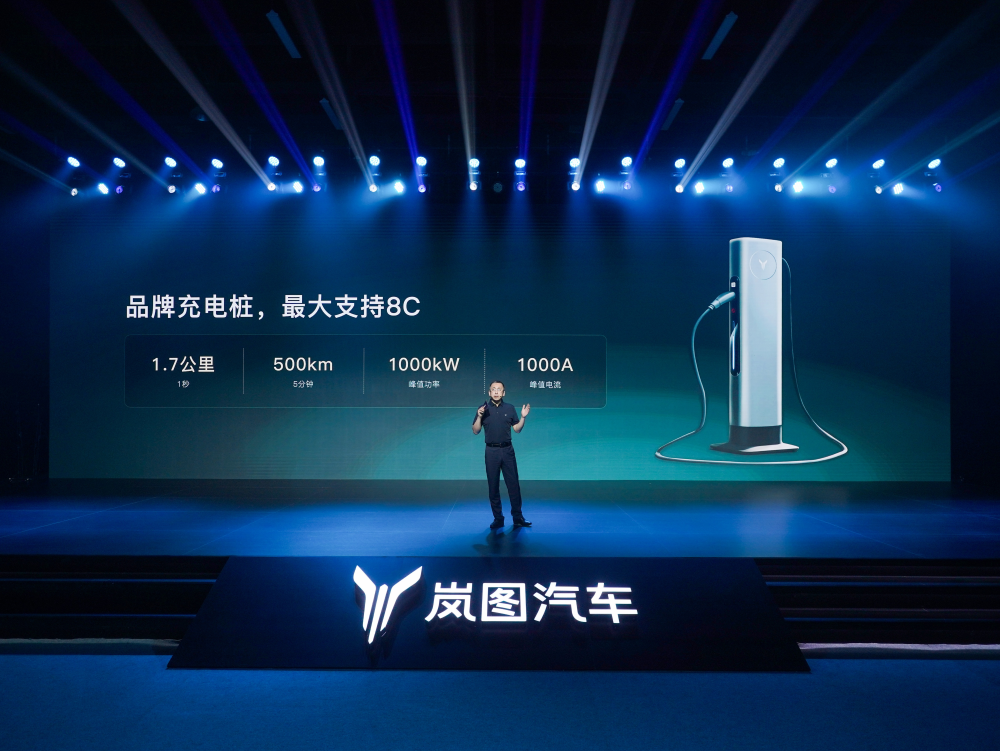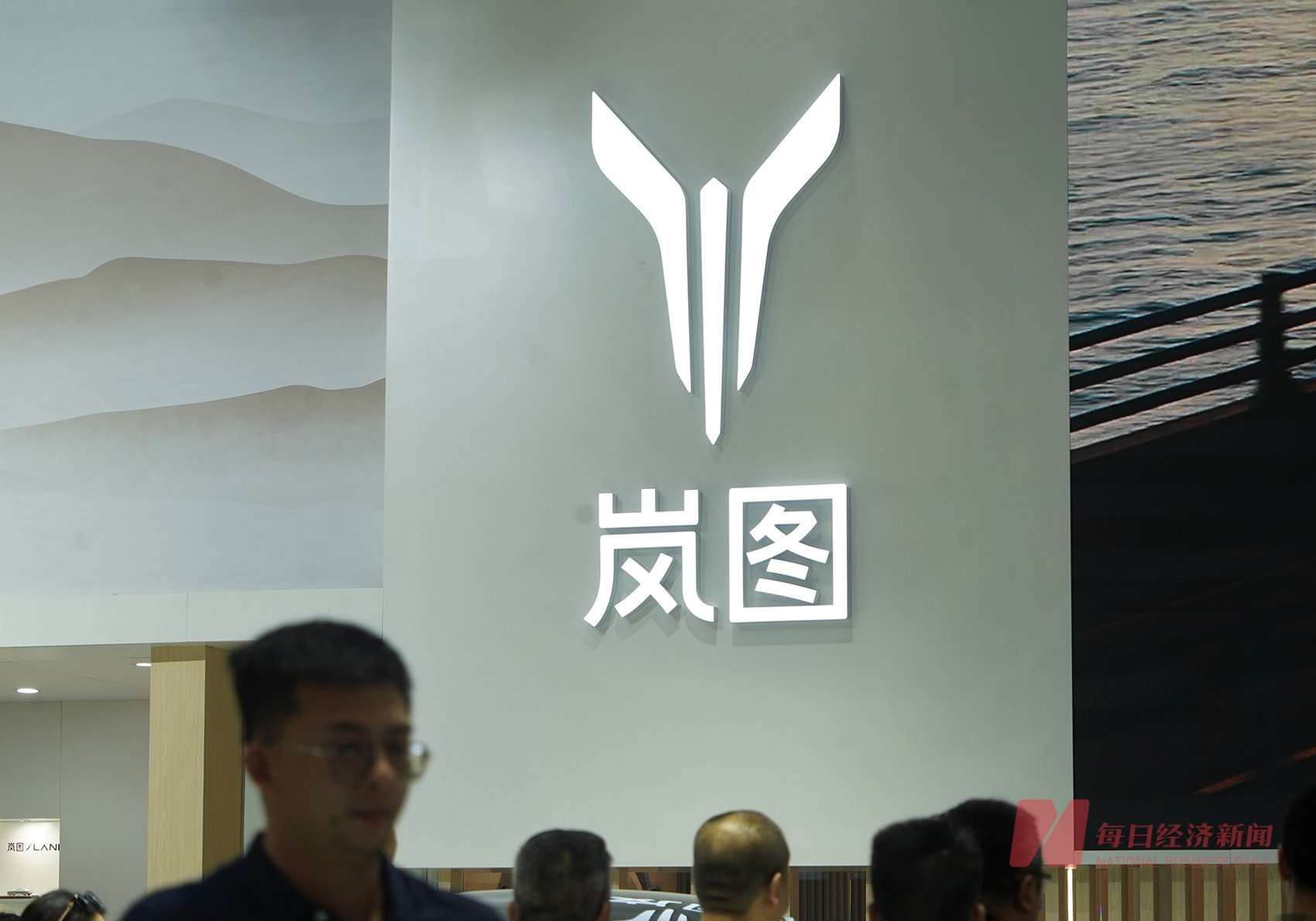Every reporter Pei Jianru, every editor Sun Lei “We are exploring a new collaboration model with Huawei, possibly an upgrade or variation of the HI model, called ‘HI model PLUS’. In this process, we have had in-depth communication and technical integration with Huawei, our R&D team closely collaborating with Huawei’s R&D team, achieving resource sharing and complementary advantages. Huawei currently undertakes a large number of projects, while we provide necessary support in terms of human resources, this is a process of mutual growth.” Recently, at the 2024 Lantu Spring Technical Communication Conference, Lantu Automotive Technology Co., Ltd. CEO Lu Fang told Daily Economic News reporters in an interview. Currently, Huawei mainly enters the automotive field through three modes: parts mode, HI mode, and Hongmeng Intelligent Driving mode. Following the strategic cooperation announced with Huawei in January this year, during the 2024 Lantu Spring Technical Communication Conference, Lantu announced the official landing of its cooperation with Huawei, with Huawei’s latest released Qiankun ADS 3.0 intelligent driving system to be installed in Lantu models. At the same time, a new all-electric SUV model jointly developed by Lantu and Huawei will be equipped with Huawei’s intelligent driving system and is planned to be released this year; the MPV model Lantu Dreamer, equipped with Huawei’s intelligent driving and smart cockpit, will be launched in the first half of next year.
While collaborating with Huawei, Lantu also showcased a variety of self-developed technologies, including the latest generation Lanhai power system, 5C super fast charging, the new generation Amber battery, and the new generation intelligent cockpit. According to Lu Fang, full-stack self-development does not mean isolation or closed-door development. “Within Lantu, we not only focus on full-stack self-development, but also on open collaboration. Our partnership with Huawei is a good example. Overall, I believe that we should actively seek collaboration and communication with the outside world while maintaining our full-stack self-development capabilities,” Lu Fang said. In the future, all self-built charging piles will be open to the public. The latest generation Lanhai power system, developed entirely by Lantu, features three power modes: BEV pure electric, PHEV hybrid, and REEV extended range. It is equipped with an 800V high-efficiency electric drive system, achieving an efficiency of 92.5% under CLTC standards. The new generation Amber battery offers multiple energy options ranging from 80kW·h to 112kW·h, with an energy density of 212Wh/kg. With the support of the 800V platform, it can achieve a range of over 900km.
In terms of replenishing energy, Lantu’s self-developed 5C super fast charging, combined with 800V silicon carbide high voltage platform, can increase the range by 450km in 10 minutes of charging. Lantu’s super fast charging technology is applicable to most regions nationwide, achieving super fast charging from -10°C to 40°C. Currently, Lantu is still expanding its energy replenishment network. It is understood that Lantu is currently launching the “thousands of stations and tens of thousands of piles” plan, and in the future will build a 6km energy replenishment network in the main urban areas of core cities. The first batch will land 16 super charging demonstration stations, and cooperative ecological energy replenishment will also be available in 95% of cities nationwide, opening up all self-built charging piles.
Charging pile construction has always been seen as the “last mile” for promoting new energy vehicles. With the increasing number of new energy vehicles in China, the charging infrastructure is accelerating, but still facing difficulties in charging, installation, and high costs. “Our country is vigorously promoting new energy vehicles and has done a lot of work in this area. Compared with foreign charging facilities, domestic charging facilities are more complete and convenient. Therefore, I believe that as new energy vehicles become more popular, the problem of charging piles will gradually be solved,” said Lu Fang. This year, the goal is to achieve sales of 100,000 vehicles. It is worth noting that the competition in the domestic new energy market is fierce, and since entering 2024, the “price war” has not only not stopped but has intensified. Regarding the “internal competition” trend in the domestic car market, Lu Fang believes that “competition” is actually a manifestation of competition. Although this competition has led to some irrational behaviors to a certain extent, we cannot deny the positive effects it brings. In fact, this competition has driven the rapid development of China’s new energy vehicle industry in the past few years. “We must acknowledge the existence of this competition and take appropriate measures to deal with it. From the mainstream trend, ‘competition’ is beneficial for the development of China’s new energy vehicles,” explained Lu Fang. In his view, what Landtu needs to pursue in this “competition” is not simply price competition, but the improvement of technological and management innovation. It is necessary to “compete” in technological innovation, “compete” in management innovation, and promote efficiency improvement, such as reducing time and costs. “This kind of ‘competition’ is meaningful and can truly promote the progress of the automotive industry. The continuous and healthy development of an enterprise can truly create value for society and users. We firmly oppose bottomless competition because it will only damage the company’s profit and affect our ability to provide quality services to users. Each company has its own actual situation, and we cannot simply judge whether the practices of other companies are right or wrong. We can only determine our own development direction based on our own conditions and judgment,” Lu Fang told reporters.
According to reports, in early 2021, Lantu set a sales target of 100,000 vehicles for the full year of 2024. Official data shows that in April of this year, Lantu delivered 4,003 new vehicles, a 20% increase compared to the same period last year; from January to April, Lantu’s cumulative sales exceeded 20,300 vehicles, a 126% increase year-on-year. Assistant General Manager of Lantu Motors and General Manager of the Sales Company, Shao Mingfeng, expressed confidence in achieving the annual target and outlined the following strategies: – Lantu will closely monitor market trends and focus on enhancing product and technology competitiveness. – Lantu will accelerate the pace of product and technology iteration, increasing the frequency of internal product updates. – Lantu will continuously introduce new products to usher in the peak period of product growth. “In the past three years, we have made great progress in brand, distribution, product, and marketing. Although there is still a gap with the top brands in the market, we are gradually moving in the right direction. Our channel capabilities are also improving, with both ecological and self-operated systems. Through these efforts, we are confident in achieving the sales target of 100,000 vehicles this year. This is our bottom line,” Shao Mingfeng told reporters.



